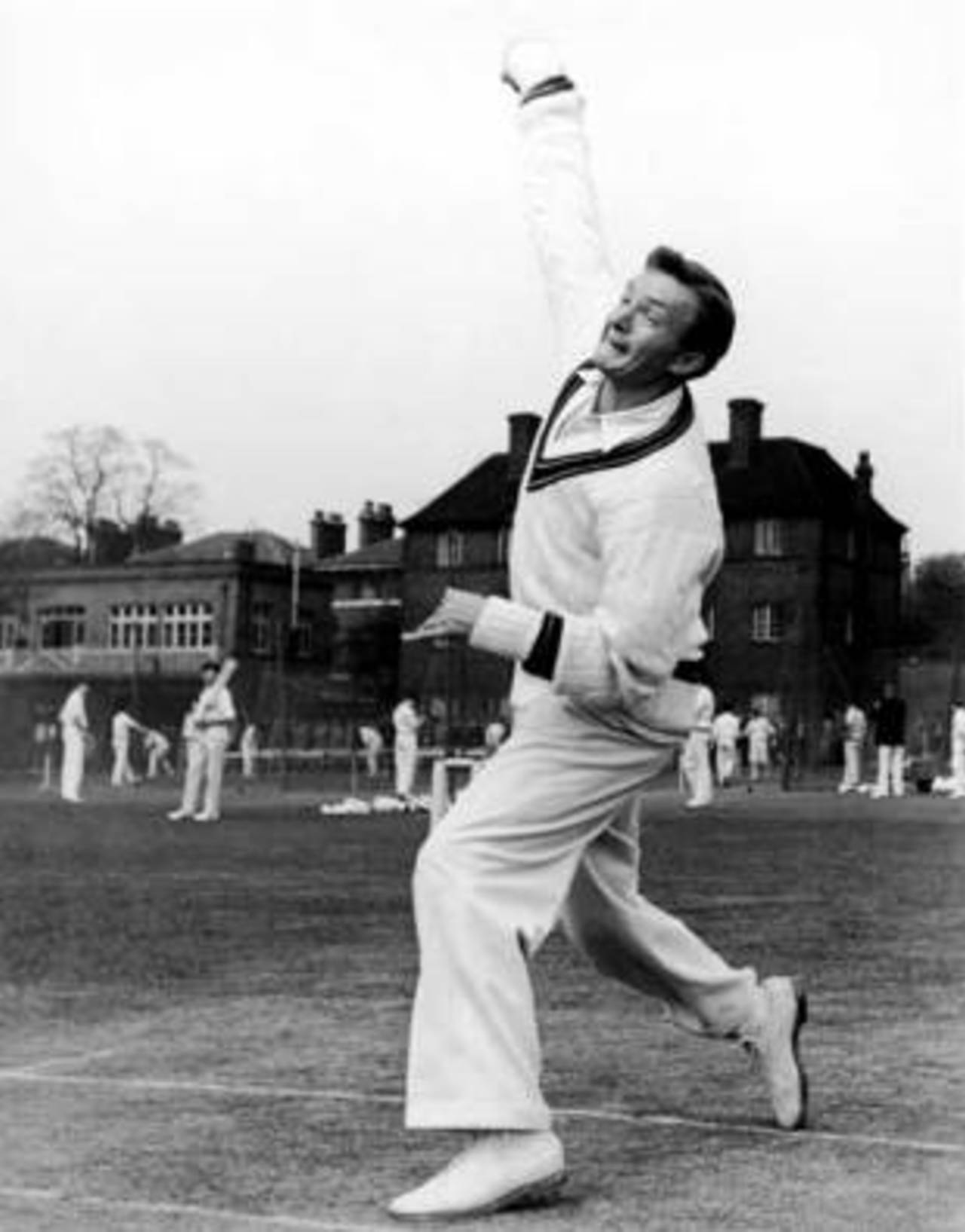When his Australian team was enjoying unprecedented success, Steve Waugh described India as "the last frontier". It's time to scrap that title and adopt a new one: India, the place where Australian spinners go to die. On recent tours there has been a steady parade of Australian spinners who have "died" quicker than a dull comedian.
Even the best of them, Shane Warne, while he didn't expire, didn't prosper. The most successful of the recent Australian spinners was Jason Krejza, and even though he took a bundle of wickets in one match, he paid a heavy price for each. And since that tour Krejza's been banished to the back blocks of Tasmania.
Is it the ability of India's batsmen to counter good spinners or are the selected tweakers not up to the task? It's a combination of both.
There's no doubt Indian batsmen are superior to their counterparts in other teams when it comes to playing spinners. I asked Warne how he thought he performed, following the 2000-01 tour. "I didn't think I bowled that badly," was his response. "You didn't," I replied, "it was just that batsmen like VVS Laxman played you so well."
As good as he was, Warne couldn't combat a player who could dance three metres out of his crease and caress the delivery past mid-on and then sashay back to the stumps and pull the next one to the midwicket boundary. I haven't seen a batsman with better footwork than Laxman during that superlative 281 in Kolkata.
However, there's no doubt the Australian spinners offered up in 2008-09 were a bunch of sacrificial lambs. The idea of using Cameron White, himself a part-timer, with a series of batsmen who bowled slow, was a flawed plan right from the outset. It received its just desserts: a 2-0 flogging.
By the time Australia played a frontline spinner, the series was all over bar the shouting, and Krejza's wicket-taking spree was wasted. On that tour Australia planned to rely on their pacemen to take the bulk of the wickets, hoping that batsmen who bowled slow would then pick off a few of the rabbits.
Australia is not the first team to try this ruse. The difference is the quality of the West Indies quicks who achieved success in India during the eighties. For president Bill Clinton, it may have been the economy, but for cricket selectors "it's the quality of the bowlers, stupid".
I asked Warne how he thought he performed following the 2000-01 tour; "I didn't think I bowled that badly," was his response. "You didn't," I replied, "it was just that batsmen like VVS Laxman played you so well."
I'm not surprised Indian batsmen play spinners without fear. I thought I knew a thing or two about playing spin before the Australian tour of India in 1969-70. However, I learned lessons about playing spin on that tour that stood me in good stead for the rest of my career. I never feared spinners or pitches that assisted them ever again.
Watch the ball out of the bowler's hand and then follow it even more closely off the pitch was lesson No. 1. Finding a way to survive the first 20 minutes was next on the list. These were important lessons.
I would have hated to enter the contest with the Indian spinners thinking I wasn't going to leave my crease. This is a huge failing in modern coaching and the sooner young batsmen are taught the correct footwork, the better equipped they'll be to tackle all conditions.
On that 1969-70 tour, Australian offspinner Ashley Mallett bowled brilliantly and took
28 wickets at under 20. Certainly the quality of the Indian batting line-up didn't match that of the present team, but they were still good enough to combat John Gleeson. The Indian batsmen forced the Australian selectors to omit the man dubbed "the mystery bowler" from the last two Tests.
Prior to Mallett, Richie Benaud took
52 wickets at less than 20 in eight Tests in India. However, it's worth noting that left-arm fast bowler Alan Davidson, in Benaud's time, and right-arm fast bowler Graham McKenzie, on Mallett's tour, had good success, taking their wickets at below 20.
The moral of the story: if you want to experience success in India, pick a variety of quality bowlers - both fast and spin. There has only been one team - the West Indies of the eighties - that could survive on quality fast bowling alone.
Former Australia captain Ian Chappell is now a cricket commentator and columnist
